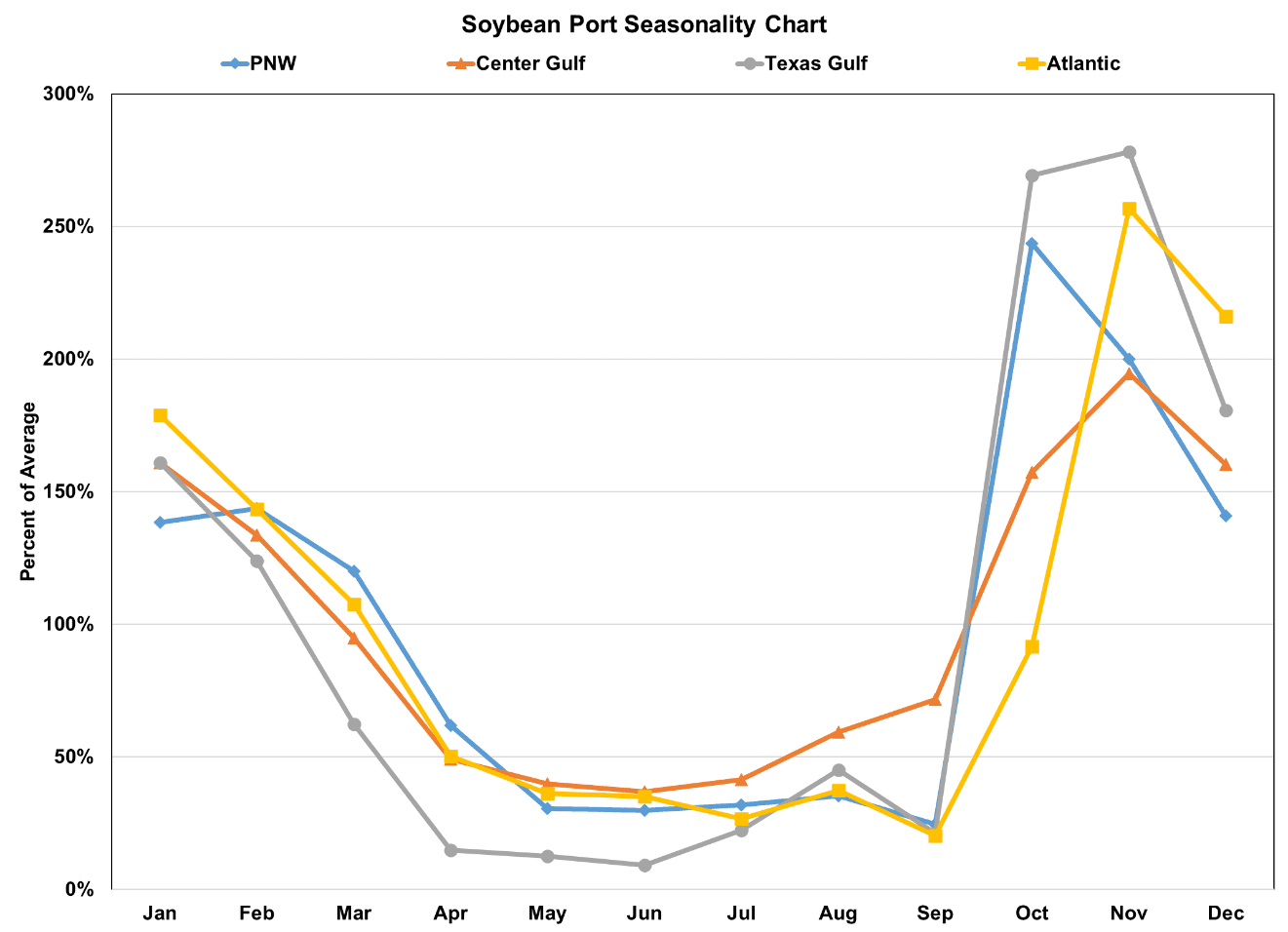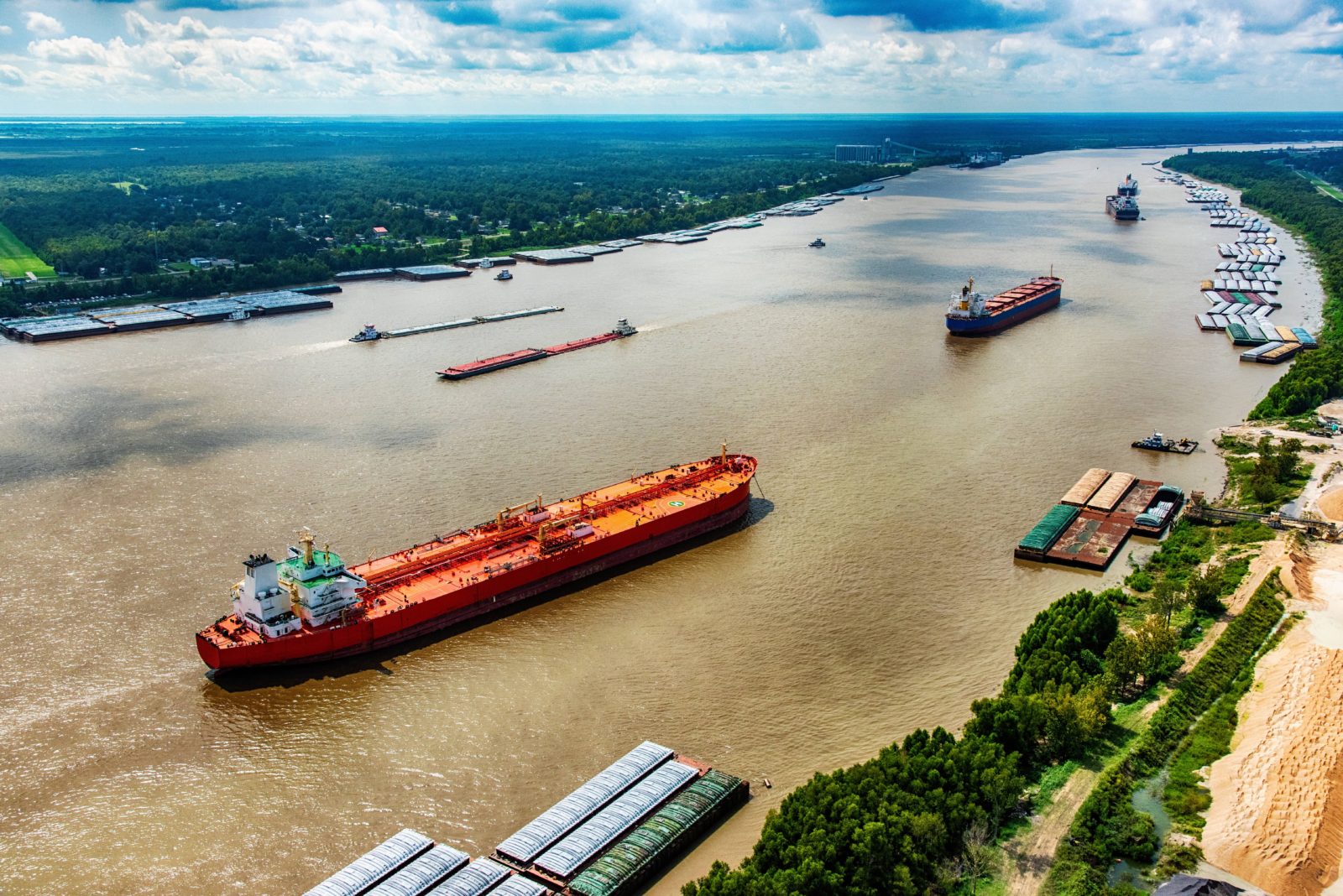“While recent dry, sunny weather has helped speed along harvest of Argentina’s soybean and corn crop, it has also further diminished water levels along the Parana River that is key for transporting grains to the country’s main export channels,” reports Pro Farmer’s Meghan Vick. “The situation has forced exporters to reduce loading and take extra time to top off cargoes farther along the river where water levels improve.”
Guillermo Wade, head of Argentina’s CAPyM port activities chamber, told Reuters, “In a Panamax ship you are talking about 10,000 metric tons (MT) less that each ship can carry.” Eduardo Sierra, a climate expert with the Buenos Aires Grain Exchange, says the lower water levels is due to dryness in Brazil’s Sao Paulo and Rio Grande do Sul, and warns that Brazil is just now entering its dry season.
Argentina is currently harvesting corn and soybeans and relies on some exports to create storage space. Loading vessels lighter requires more vessels to load the same quantity, which leads to a backlog of shipments. Global buyers will have to fill in for the reduced volume by turning to the U.S. or Brazil. Brazil’s currency devaluations have soybean and gain exports in full swing. On the other hand, the U.S. has plenty of available export capacity until mid-September to ship a few extra vessels. U.S. soybean harvest starts to fill export supply chains in late August and reaches full steam in mid-September as shown below. Although the extra export volume is limited, the increase in sales is welcome, especially this time of year.

